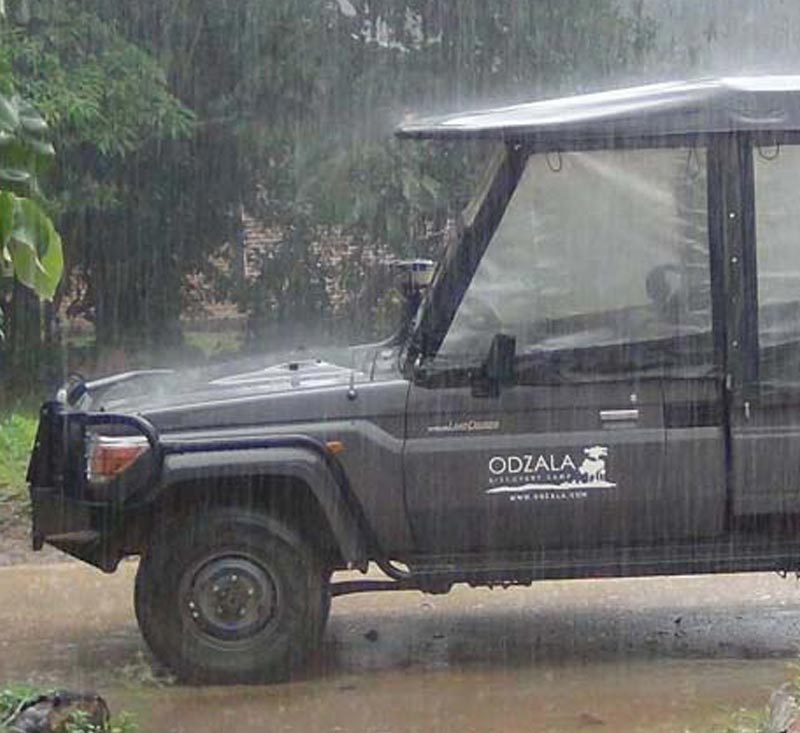
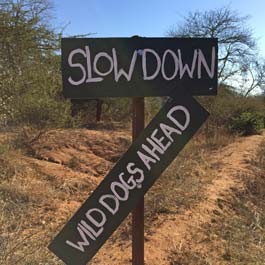
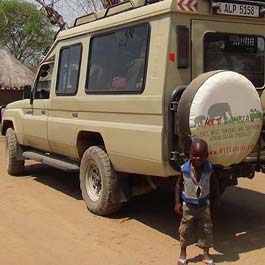
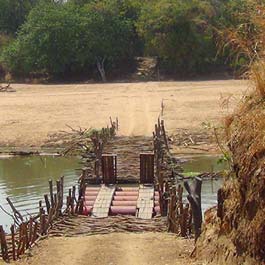
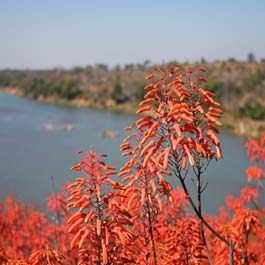
MT Cheza is our guest house on the company’s five-acre wooded plot in a quiet, rural area of Lusaka. A 35-minute drive from the airport, MT Cheza offers two comfortably furnished, private, one and two bedroom cottages with fully equipped kitchens. If you seek the peace of country living in the city, then Cheza is for you.
Cheza is most suitable for individuals, couples, friends, and families who want to spend a few nights in Lusaka pre-or-post their African safari.